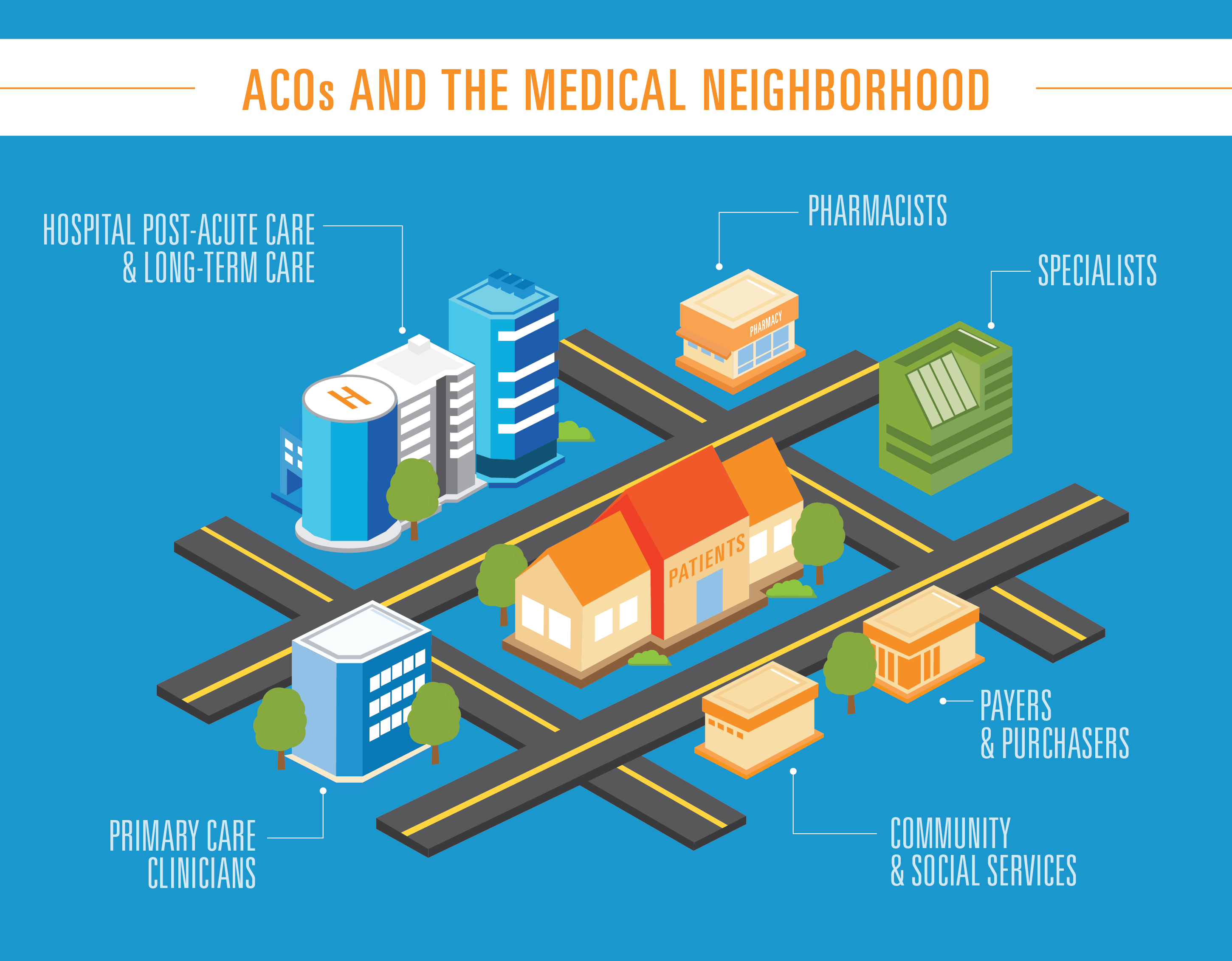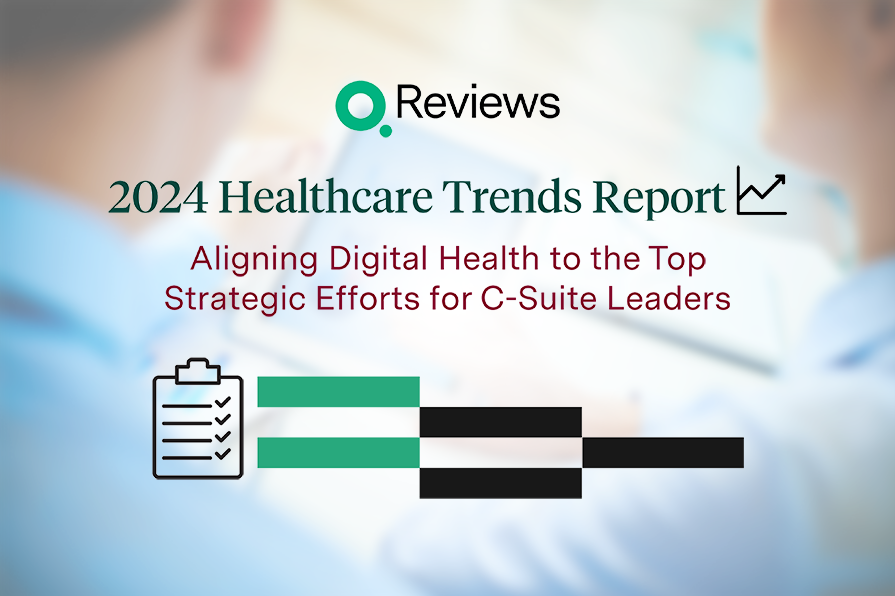From Burnout to Shortage: Why Technology, Not More FTEs, Is the Workforce Strategy Health Systems Must Embrace
Executive Summary The U.S. healthcare workforce crisis has shifted from nurse burnout to enduring workforce shortage. Nurse and physician leaders no longer assume that recruiting more FTEs can resolve the problem. The recruitment pipeline is shrinking, travel and contract labor carry cost and cultur
Read More











